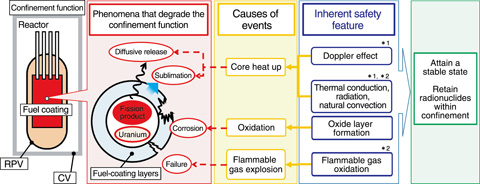
Fig.9-2 Concept of the naturally safe HTGR
It is important to regain the public trust in nuclear reactor safety following the accident at the TEPCO’s Fukushima Daiichi NPS. Questions and comments from the public, such as “how to deal with unanticipated events” and “even if the probability of an accident is small, use of nuclear reactors is unacceptable because the consequences of an accident are extremely grave”, should be addressed. We proposed a new concept for an HTGR, referred to as a naturally safe HTGR, to ensure no harmful release of radionuclides occurs under any accident conditions. This reactor has self-regulating characteristics that suppress the progression of accidents via physical phenomena even in the absence of engineered safety features.
A coated particle fuel is used in the HTGR; the integrity of this coating can be adequately maintained up to 1600 °C, thereby confining radionuclides to the fuel particles, even under extreme conditions. Possible physical events that lead to the loss or degradation of the confinement function of the fuel-coating layers include (a) “core heat up” caused by an increase in heat generated or a decrease in the amount of cooling, (b) “oxidation” caused by air admitted during an air-ingress accident, and (c) “flammable gas explosion” of carbon monoxide, which is produced by the oxidation of graphite with air (Fig.9-2). The core heat up can be suppressed by the Doppler effect and by the removal of heat via thermal conduction, radiation, and natural convection, as has been demonstrated using the HTTR. Oxidation can be suppressed by the formation of a stable oxide layer (i.e., SiO2) on the surface of the fuel-coating layer. Flammable gas explosion can be avoided by maintaining the flammable gas concentration below the explosion limit, taking advantage of the mild oxidation of the flammable gas by air. Though engineered safety features, such as the decay-heat-removal system and the reactor containment vessel, are installed in the former HTGR, such as the HTTR, the naturally safe HTGR is intended to ensure safety only utilizing physical phenomena, without any engineered safety features. This goal will be tested in demonstrations using the HTTR after further R&D studies.
We aim to assist in regaining the public trust in nuclear reactor systems by ensuring that, under any accident conditions involving the naturally safe HTGR, the people and the environment will remain safe.
<Previous: 9 Nuclear Hydrogen and Heat Application Research | Next: 9-2 >